Σύνδρομο υπερχρήσης - Guide to Overuse Injuries
Ενας τραυματισμός των μυοσκελετικών ιστών, που αφορά συνήθως το άνω άκρο ή την αυχενική μοίρα της σπονδυλικής στήλης, και προκύπτει από επαναλαμβανόμενη κίνηση, θερμοκρασιακές υπερβολές, υπέρχρηση, εσφαλμένη στάση ή διατηρημένη δύναμη ή δόνηση. Οι διαταραχές που προκύπτουν περιλαμβάνουν το σύνδρομο του καρπιαίου σωλήνα, την τενοντοθηκίτιδα, την τενοντίτιδα, το σύνδρομο του πρηνιστή μυός, το σύνδρομο θωρακικής εξόδου και το αυχενικό σύνδρομο. Η αντιμετώπιση για αυτές τις παθήσεις συχνά περιλαμβάνει χειρουργείο ή ακινητοποίηση. Υπάρχει μια αυξανόμενη συνειδητοποίηση της σημαντικότητας της πρόληψης μέσω εκπαίδευσης, τροποποίησης των καθηκόντων και εργονομικού σχεδιασμού του χώρους εργασίας.
Οι τραυματισμοί λόγω υπέρχρησης-κατάχρησης αναπτύσσονται σε 4 στάδια
1. Πόνος στην πληγείσα περιοχή μετά από σωματική δραστηριότητα.2. Πόνος κατά τη διάρκεια της σωματικής δραστηριότητας, χωρίς περιορισμό της απόδοσης.
3. Πόνος κατά τη διάρκεια της σωματικής δραστηριότητας, περιορίζοντας την απόδοση.
4. Χρόνιος, επίμονος πόνος, ακόμη και σε ηρεμία.
Ανεξάρτητα από το αν ο αθλητής είναι επαγγελματίας, ερασιτέχνης, Ολυμπιονίκης ή νεαρός αθλητής αναψυχής, ο αριθμός των αθλητικών τραυματισμών αυξάνεται – αλλά η κλιμάκωση των τραυματισμών στα παιδιά είναι η πιο ανησυχητική.
Οι τραυματισμοί που σχετίζονται με τον αθλητισμό στους εφήβους αυξάνονται τόσο πολύ ώστε να έχουν γίνει μια «σιωπηρή επιδημία». Όλο και περισσότεροι νέοι αθλητές συμμετέχουν σε αθλήματα όλο το χρόνο χωρίς εποχιακά διαλείμματα, γεγονός που οδηγεί σε αυξανόμενο αριθμό μυοσκελετικών τραυματισμών. Αυτό το φαινόμενο, γνωστό ως σύνδρομο κατάχρησης, περιλαμβάνει οξείες βλάβες στους μυς, τους τένοντες και τις πλάκες ανάπτυξης
Πώς να αποτρέψετε τυχόν τραυματισμούς λόγω υπερχρήσης
Οι αθλητές θα πρέπει να παραμείνουν μακριά από τα προγράμματα υπερβολικής κατάρτισης που θα μπορούσαν να είναι επιβλαβή. Θα πρέπει να ακολουθούν τις κατευθυντήριες γραμμές που βοηθούν στην πρόληψη των τραυματισμών από υπερβολική χρήση, προωθώντας μια υγιή ισορροπία δραστηριοτήτων.Η βασική θεραπεία για πολλούς απλούς τραυματισμούς περιλαμβάνει το ακρωνύμιο “RICE” – Rest, Ice, Compression και Elevation (Ξεκούραση, Παγοθεραπεία, Συμπίεση με επίδεση, Ανύψωση μέλους). Ανάλογα με τη σοβαρότητα της βλάβης, η θεραπεία μπορεί να κυμαίνεται από την απλή παρατήρηση με μικρές αλλαγές στις αθλητικές δραστηριότητες, έως τη σύσταση να διακοπεί η αθλητική δραστηριότητα. Ορισμένος συνδυασμός φαρμάκων, φυσικοθεραπείας, ασκήσεων ενδυνάμωσης, μπορούν να χρησιμοποιηθούν.
ΠΑΝΤΟΤΕ ΑΠΕΥΘΥΝΟΜΑΣΤΕ ΣΤΟΝ ΕΙΔΙΚΟ ΓΙΑΤΡΟ ΓΙΑ ΔΙΑΓΝΩΣΗ ΚΑΙ ΣΩΣΤΗ ΘΕΡΑΠΕΙΑ .
Guide to Overuse Injuries
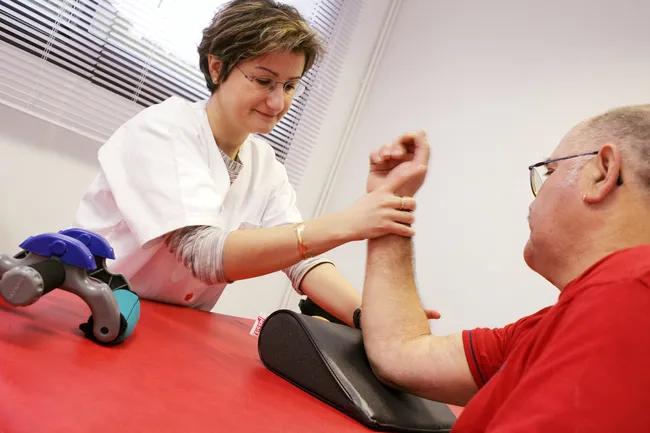
Treatment
This will depend on what causes your pain and where it is. Besides RICE, your doctor may suggest physical therapy exercises to help make the area stronger. Splints, casts, and braces might help you keep things still and protect the injured spot from more injury. Prescription medicine could help ease pain and swelling. In some cases, you might need surgery to make a full recovery.SOURCE : WebMD


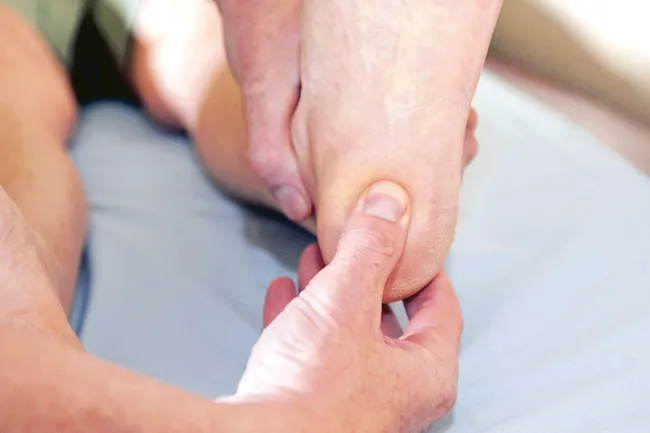
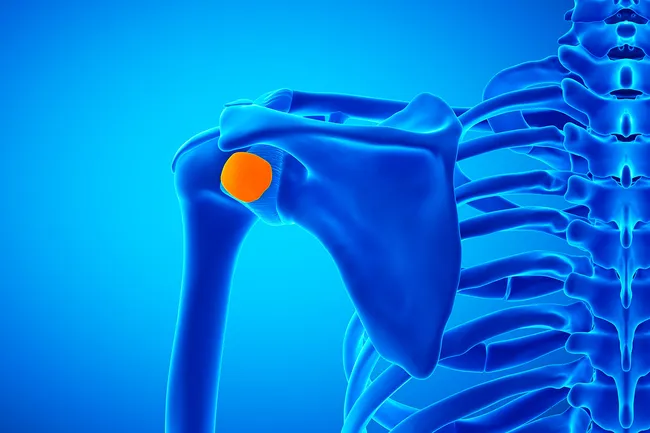

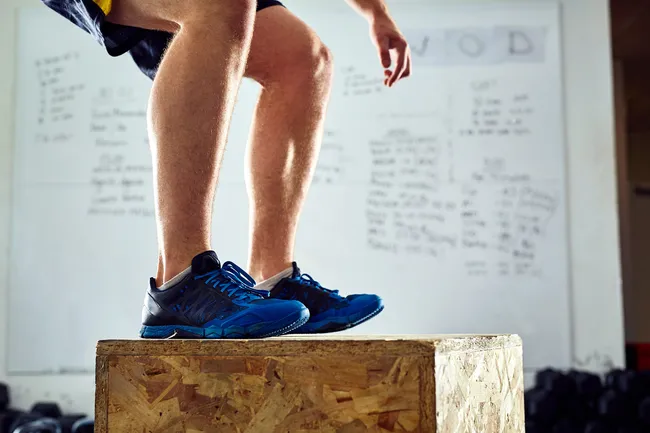

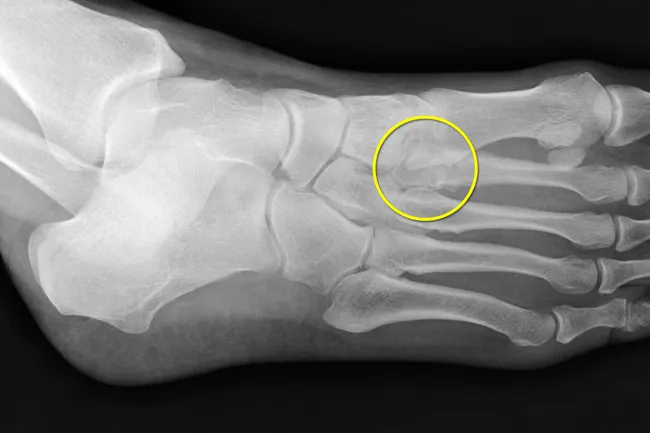
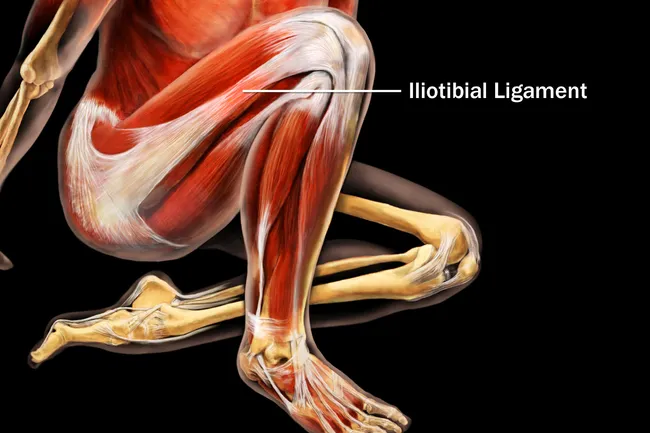

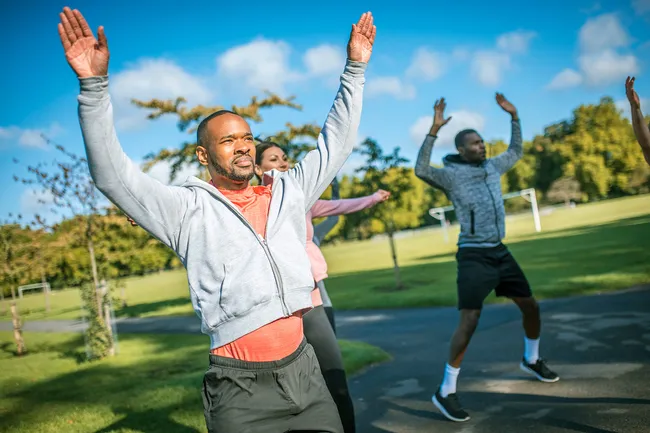
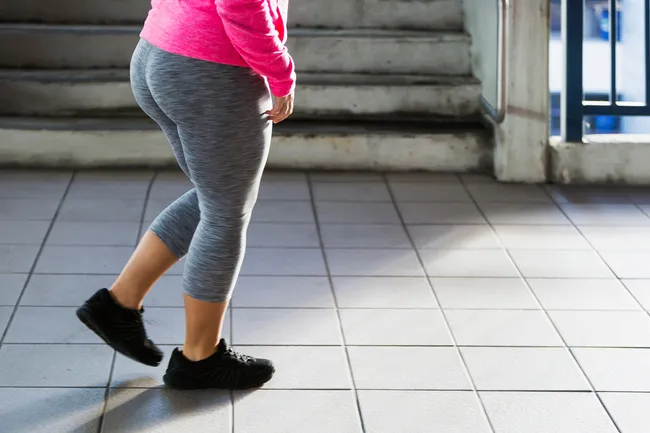

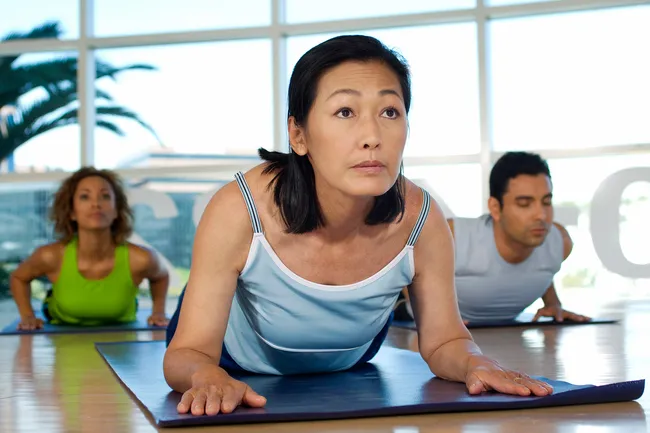
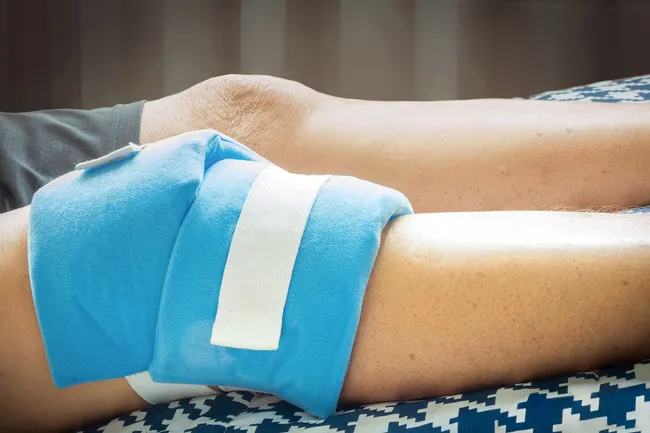
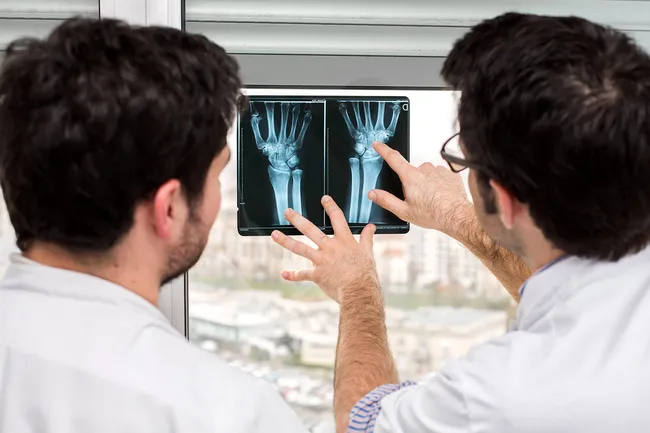


Δεν υπάρχουν σχόλια:
Δημοσίευση σχολίου